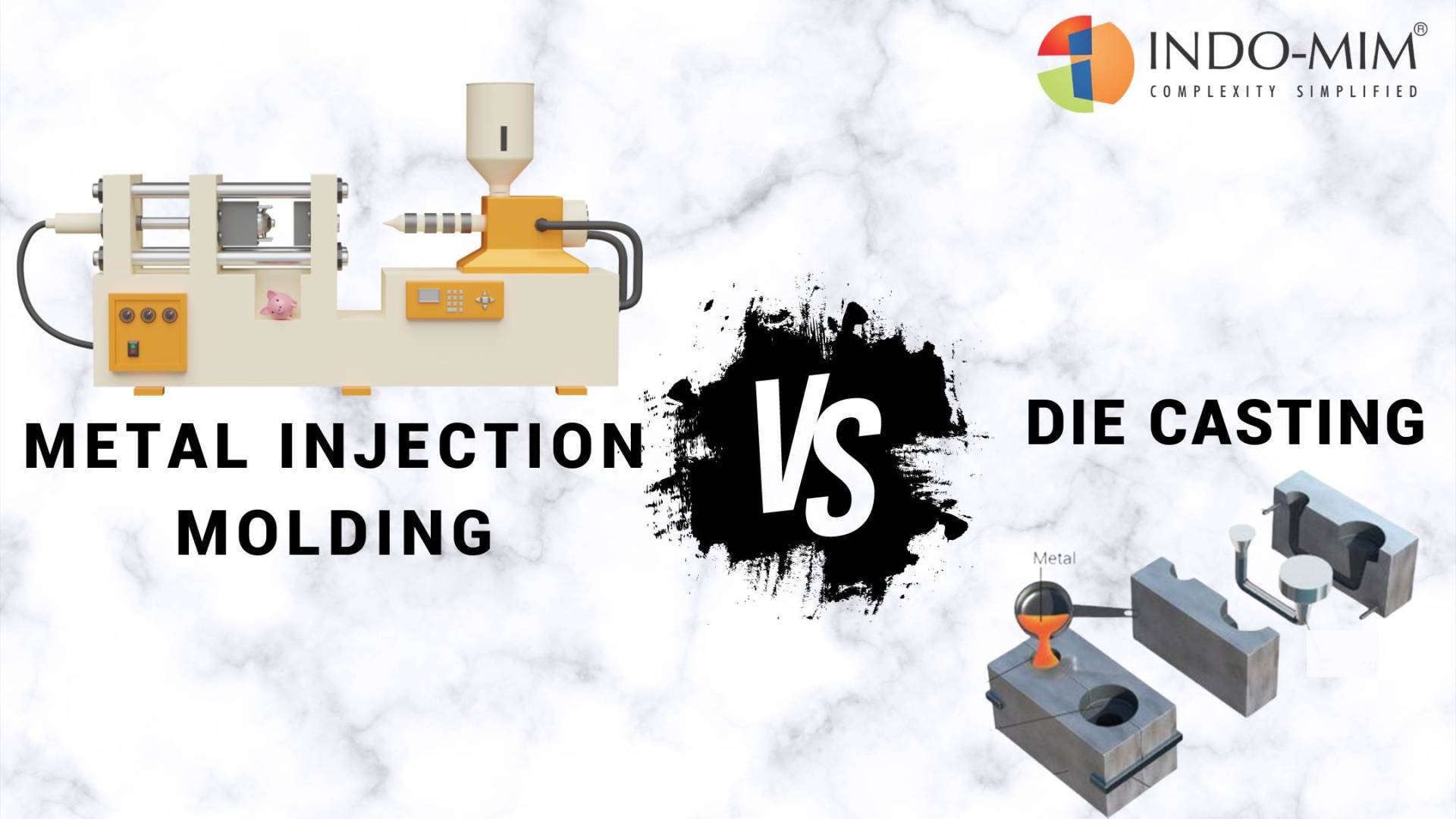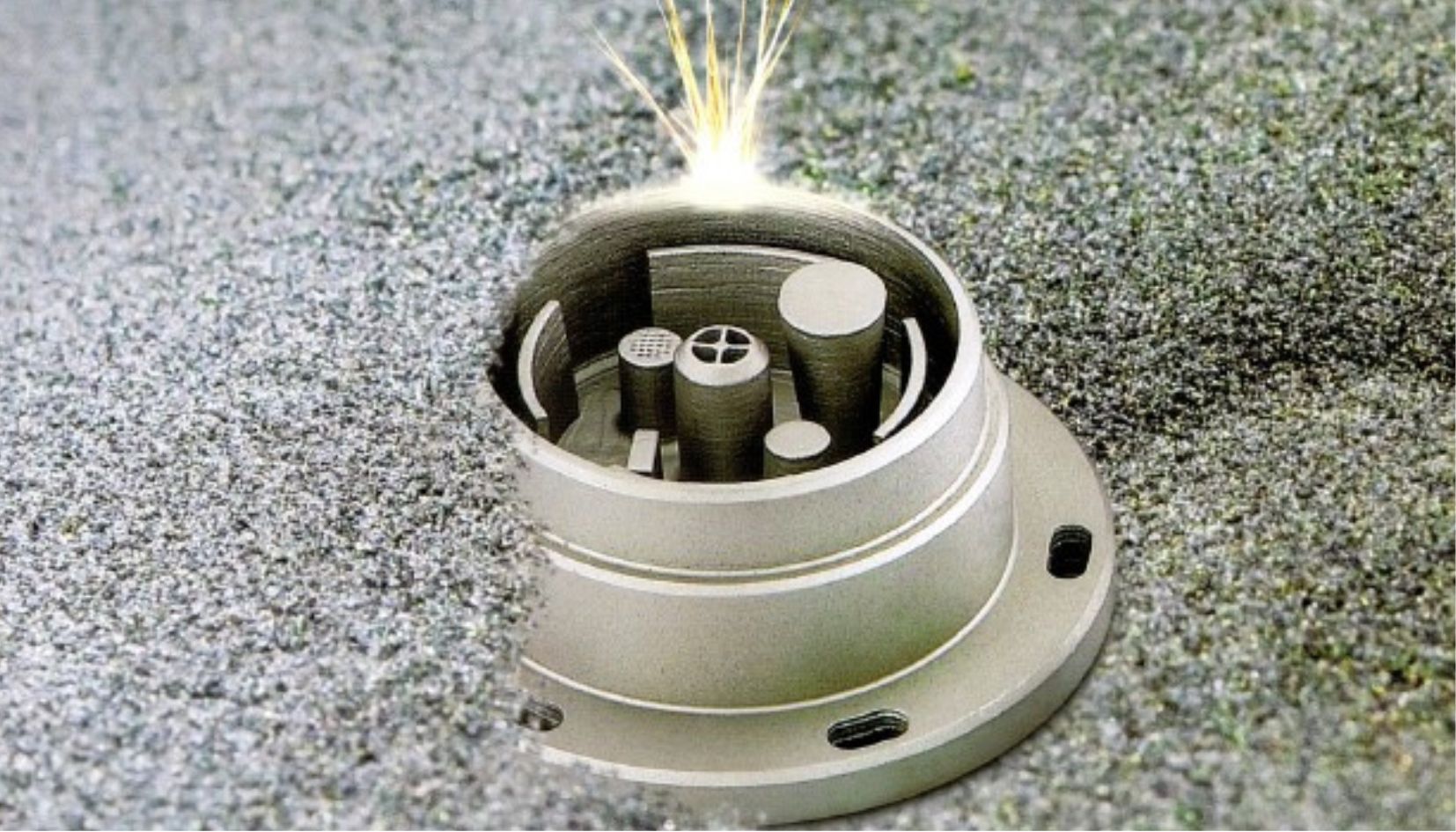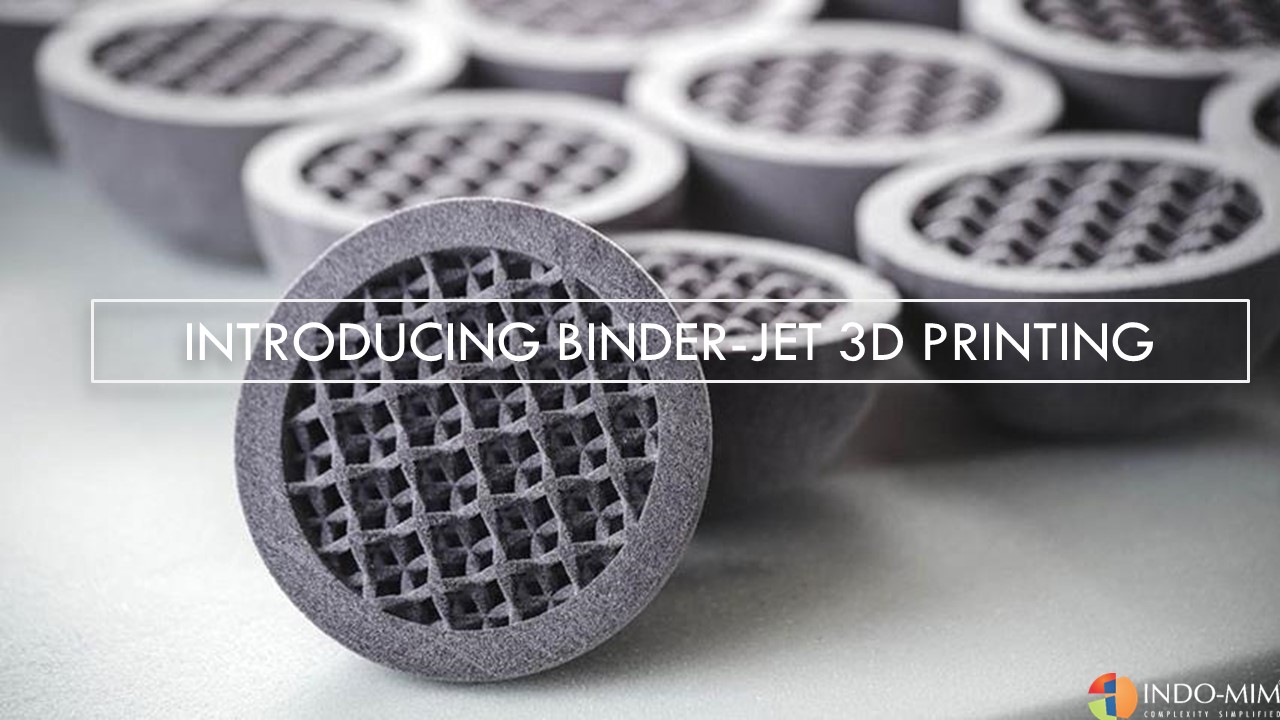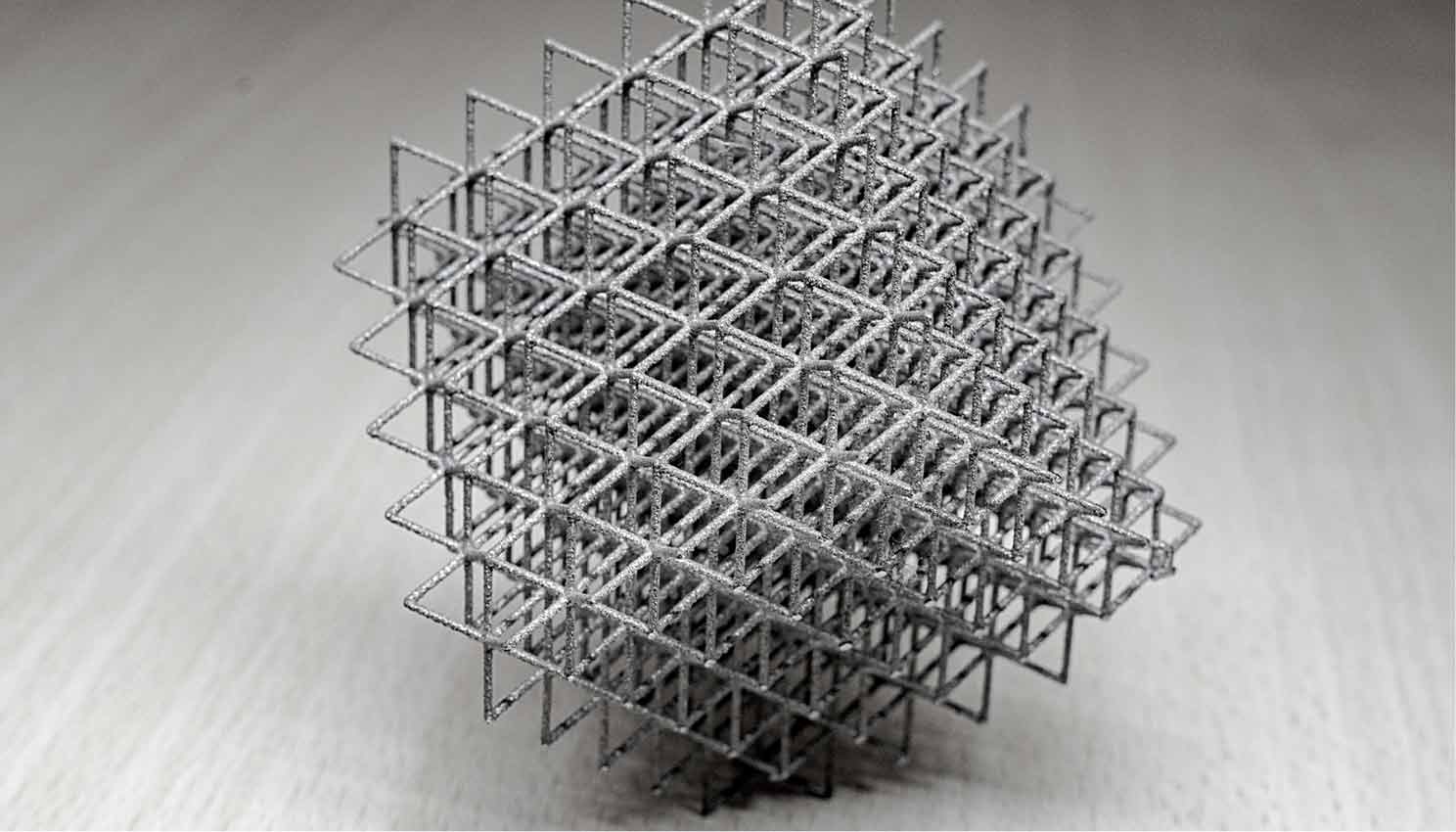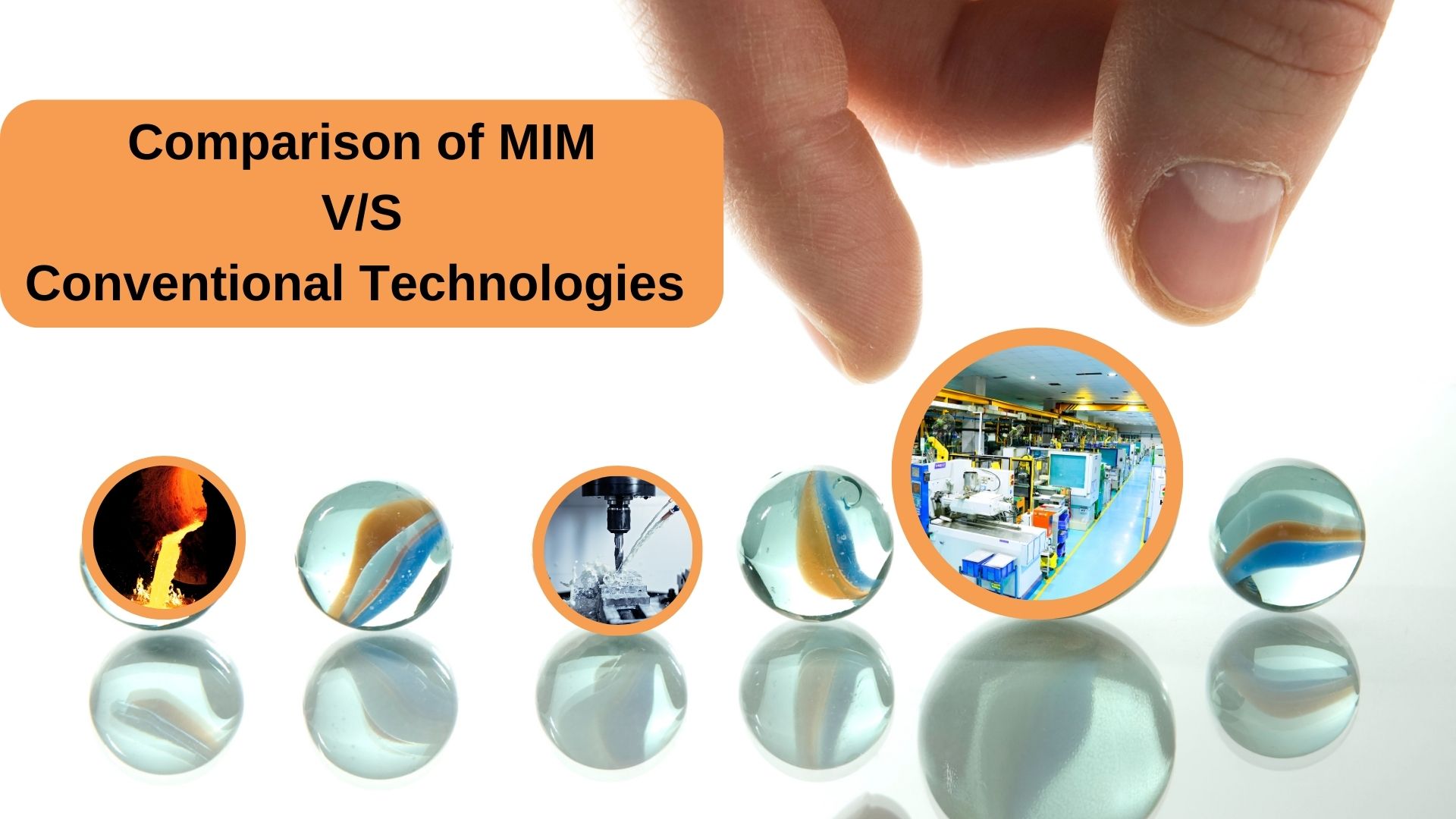Comparision of Metal Injection Molding vs. Die Casting
Metal Injection Molding (MIM) and Die Casting are two popular manufacturing processes used to produce metal components with complex shapes. While both methods offer advantages in terms of efficiency and precision, they differ significantly in terms of their capabilities, cost, and suitability for different applications. In this article, we will explore the characteristics of Metal Injection Molding and Die Casting, and compare their strengths and weaknesses.
Metal Injection Molding (MIM):
Metal Injection Molding is a manufacturing process that combines the principles of plastic injection molding and powdered metallurgy. It involves mixing fine metal powders with a binder material to create a feedstock, which is then injected into a mold cavity under high pressure. The part is subsequently debound and sintered to remove the binder and achieve the desired metal density.
Advantages of metal injection molding as compared to Die Casting
To know more about Metal injection molding process click below link,
https://mim.weboptify.com/metal-injection-molding-process
One of the key advantages of MIM is its ability to produce complex geometries with high precision. It allows for the production of intricate shapes, thin walls, and fine details that would be challenging or impossible to achieve with traditional machining processes. MIM is particularly suitable for small and medium-sized components in industries such as automotive, medical, and consumer electronics.
Furthermore, MIM offers excellent material properties, as it utilizes a wide range of metal alloys, including stainless steels, low-alloy steels, titanium, and more. This versatility allows manufacturers to tailor the material properties to meet specific application requirements. Additionally, MIM provides good surface finish and dimensional accuracy, reducing the need for post-processing operations.
Die Casting:
Die casting is a manufacturing process that involves injecting molten metal into a reusable steel mold, known as a die, under high pressure. The molten metal rapidly solidifies, taking the shape of the mold cavity. Once the part has cooled and solidified, it is ejected from the die. Die casting is commonly used for producing large quantities of components with consistent quality.
Die casting offers several advantages. It is a highly efficient process, enabling fast production cycles and high production volumes. Furthermore, die casting can accommodate a wide range of metals and alloys, including aluminum, zinc, magnesium, and copper-based alloys.
To know more about Die Casting process, please click below link,
https://en.wikipedia.org/wiki/Die_casting
Disadvantages of die casting
However, die casting does have some limitations. It is better suited for simpler geometries and thicker-walled parts compared to MIM. Die casting may struggle with producing intricate details and thin walls due to the limitations of the mold design and the high pressures involved. Additionally, the initial tooling costs for die casting can be higher compared to MIM, making it more suitable for large-scale production runs.
In conclusion, Metal Injection Molding and Die Casting are two valuable manufacturing processes that offer distinct advantages and limitations. Metal Injection Molding excels at producing complex geometries with high precision and offers excellent material properties. Die casting process is not suitable for complex geometries.
Do you have a requirement of complex profile with high volume parts? Choose MIM.
In conclusion, Metal Injection Molding and Die Casting are two valuable manufacturing processes that offer distinct advantages and limitations. Metal Injection Molding excels at producing complex geometries with high precision and offers excellent material properties. Die casting process is not suitable for complex geometries.
Do you have a requirement of a complex profile with high-volume parts? MIM is the best solution.

